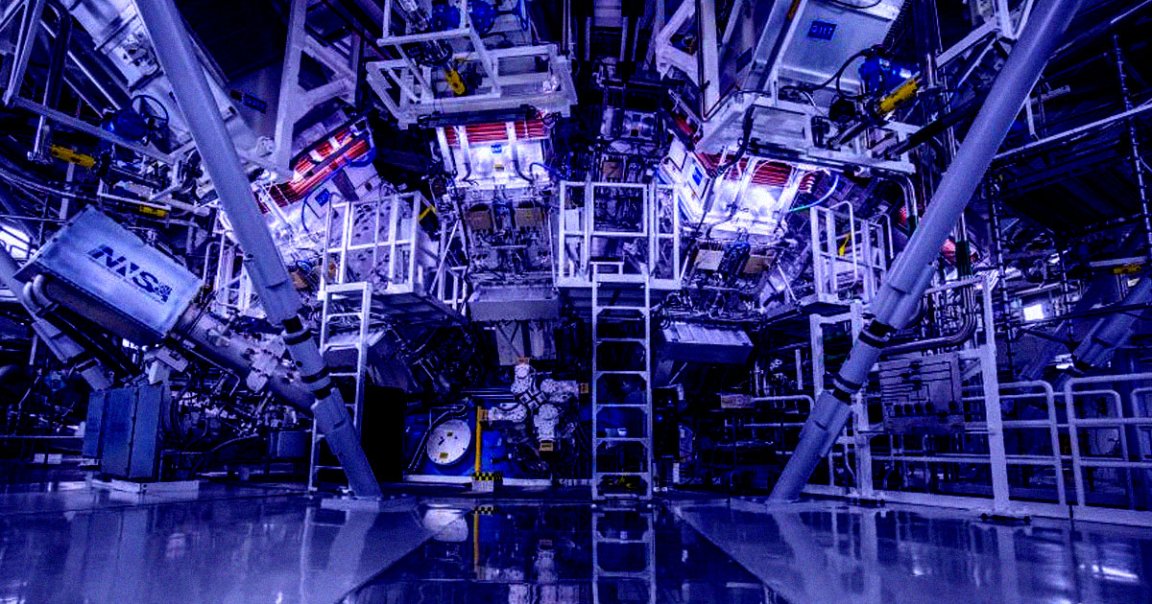
In late 2022, scientists at the National Ignition Facility claimed to have achieved an important fusion energy milestone with their laser-powered reactor: getting more energy out than they put in.
Now, the results have cleared the peer review process, confirming the achievement.
And it gets even better. The scientists claim in a separate paper to have gotten even better results in subsequent experiments, as New Scientist reports, releasing close to twice the amount of energy the system consumed.
However, as the team was quick to point out, there’s still a long road to a commercial fusion reactor.
Nonetheless, they hope that by demonstrating it’s possible — despite many decades of research, the feat of achieving a net energy gain had long seemed to remain perpetually elusive — the industry will be encouraged to keep trying to realize its goal of a greener future.
Unlike nuclear fission, nuclear fusion involves smashing together particles under extreme conditions. There are several different types of fusion reactors currently being investigated, including the “tokamak,” a donut-shaped device that confines plasma using magnetic fields at extreme pressure and temperatures.
The National Ignition Facility’s reactor at the Lawrence Livermore National Laboratory (LLNL) takes a notably different tack, bombarding small packets of hydrogen isotope fuel using what it describes as the “world’s largest and highest-energy laser system.”
The resulting temperatures are immense, exceeding those found in the Sun.
Despite the landmark achievement, there’s still plenty of room for improvement, the LLNL’s Richard Town told New Scientist.
For one, the amount of energy the team got out from the December 2022 trial was minuscule. At the time, the reaction produced around 2.5 megajoules of energy, or about enough electricity to boil a kettle.
However, the system could eventually be scaled up — even if it isn’t optimized for max output.
“A bigger hammer always helps,” Town told New Scientist. “If we can get a bigger hammer, I think we could get to target gains of about roughly ten.”
The scientists are also hoping to switch out the current lasers with high-power laser diodes to bring down the energy consumption and improve yields.
But will we ever see a future where fusion reactors can put a dent in our reliance on fossil fuels before it’s too late?
Some experts remain pessimistic.
“Fusion is already too late to deal with the climate crisis,” nuclear fusion research fellow at the University of Manchester Aneeqa Khan, who was not involved in the research, told New Scientist. “We are already facing the devastation from climate change on a global scale.”
More on fusion: Physicists Say New Breakthrough Proves Fusion Power Is Possible